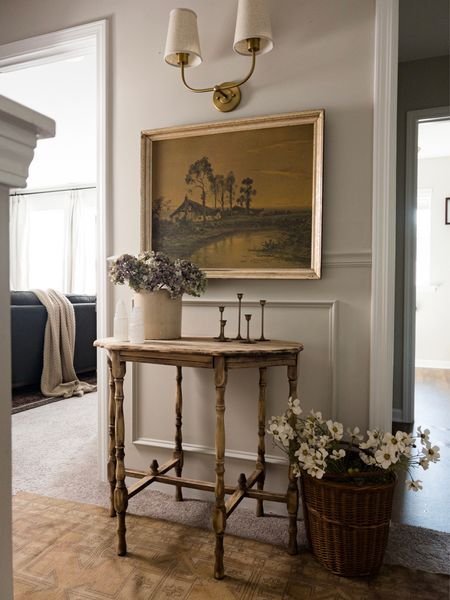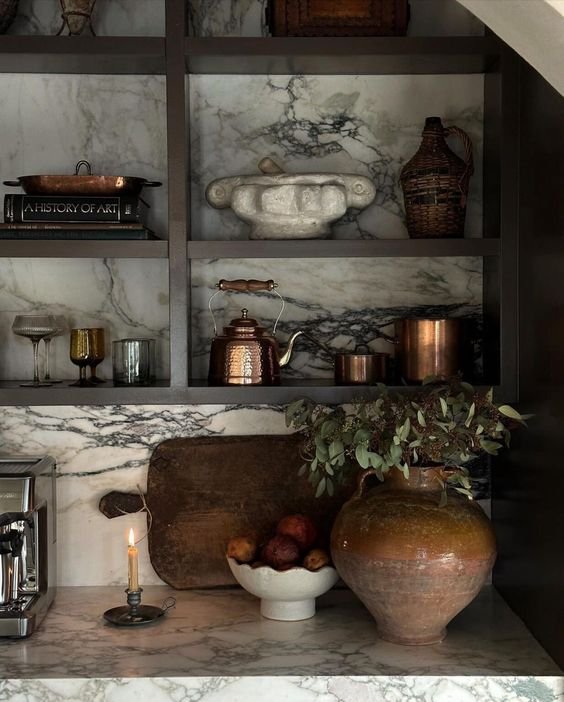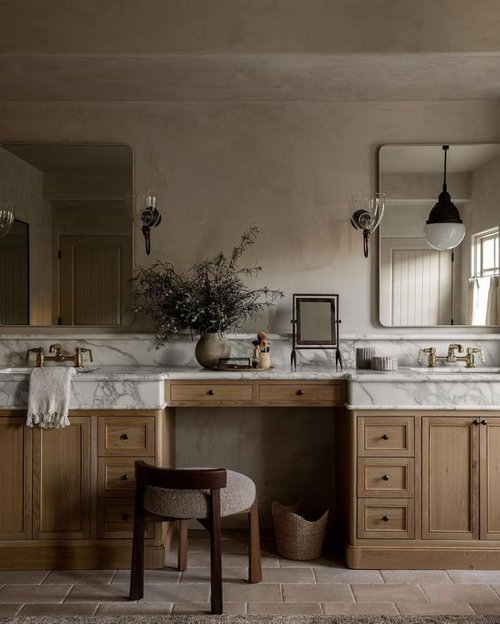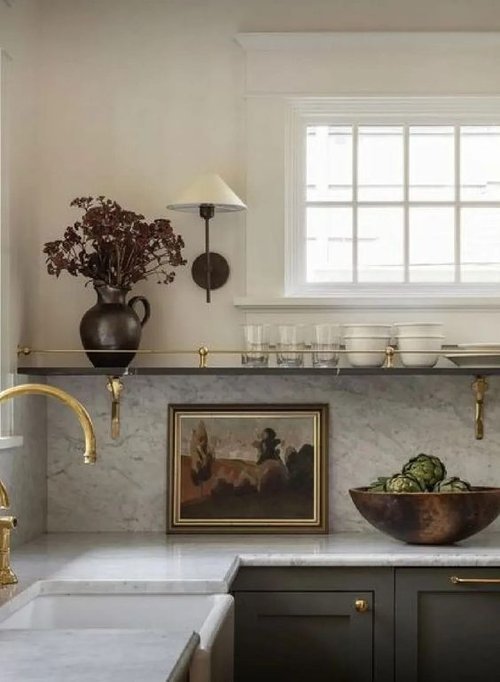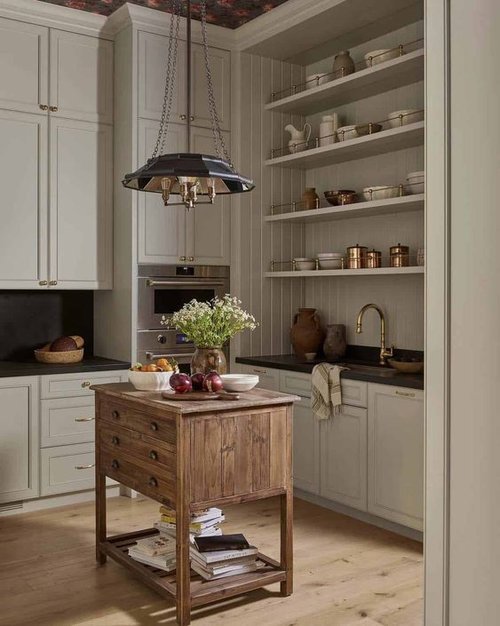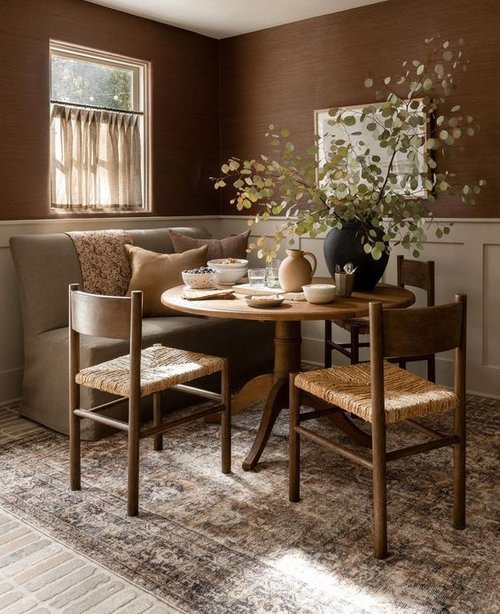The Beauty of Transitional Spaces
BALANCING OLD VS NEW
When it comes to interior design, there's a captivating style that stands out for its ability to blend the charm of traditional elements with the sleekness of modern design.
This style is known as transitional design, and it's all about creating spaces that effortlessly balance the old and the new. If you're someone who appreciates a timeless yet contemporary look in your home, you're in for a treat as we explore the beauty of transitional spaces.
Embracing the Best of Both Worlds
Transitional design is all about striking the perfect balance between classic and contemporary elements. It's about creating spaces that feel familiar and comforting yet have a fresh and modern appeal. This style allows you to have the best of both worlds, combining the elegance of traditional design with the simplicity of modern aesthetics.
Neutral Palettes as the Foundation
If you gravitate towards a more neutral palette, you'll find transitional design to be an ideal backdrop for your space. We love warm earth tones, like oatmeal creams, muddy greens, and rich brown hues - a testament to our love of the palette we see in nature. Using a neutral palette as the starting point in transitional design allows the collected pieces we layer in to tell their own stories without competing against the fixed elements.
Mixing Materials and Textures
One of the key aspects of transitional design is the harmonious blending of materials and textures. Here, you can incorporate a variety of elements, such as wood, glass, metal, and stone, to create a rich and visually appealing environment. Think of a reclaimed wood dining table paired with sleek, upholstered chairs, or a classic marble countertop contrasted by contemporary pendant lighting.
Furniture that Tells a Story
In transitional spaces, furniture becomes a storyteller. The pieces you select should have a sense of history and character, even if they are brand new. Consider antique-inspired tables, chairs with timeless silhouettes, and well-crafted cabinets that add depth and personality to your design. Source vintage wherever possible, as you’ll end up with well-crafted pieces that have storied histories.
Subtle Yet Striking Accessories
Accessories play a crucial role in transitional design. This is where you can carefully curated artwork, beautiful bowls and vessels, or patterned pillows and throw blankets to infuse personality into your space without overwhelming it.
Balance and Symmetry
Transitional spaces often feature a sense of balance and symmetry. This creates a feeling of order and calm in the room. Symmetrical arrangements of furniture, such as a pair of matching armchairs flanking a coffee table, can help achieve this sense of equilibrium.
Timeless Elegance
The beauty of transitional design lies in its ability to remain relevant and elegant through the years. Unlike trendy designs that come and go, transitional spaces have a timeless quality that ensures your home will always feel sophisticated and inviting.
Personalization is Key
While transitional design principles provide a strong foundation, don't forget to infuse your personality into your spaces. Add personal touches that resonate with you and your family. Whether it's family photos, heirlooms, or cherished mementos, these elements make your home truly yours.
The beauty of transitional spaces lies in their ability to balance the old and the new seamlessly. At PMD, we have a penchant for warm, earthy designs and neutral palettes. We love creating stunning transitional spaces that exude timeless elegance. So, embrace the best of both worlds, mix materials and textures, select furniture that tells a story, and don't forget to infuse your personal style. The result? A home that's not just beautiful but also a reflection of your unique aesthetic and personality.
x Parris
